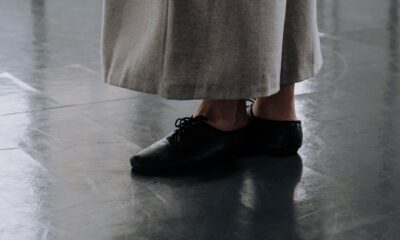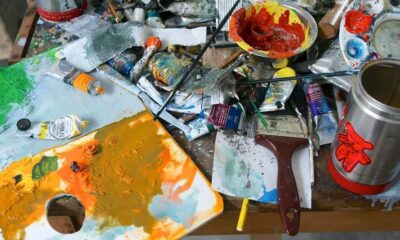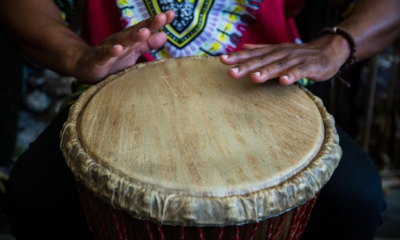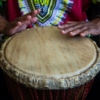Lifestyle
Artistic Expression: A Comprehensive Guide to Clay
Navigating the world of pottery clay can be overwhelming with so many options available. There is so much to consider such as the end product, skill level, as well as cost, kiln type and temperature constraints. Whether you’re just starting or looking to enhance your sculpting skills, the following comprehensive guide narrows down everything you need to know to make an informed decision.
Understanding Different Types
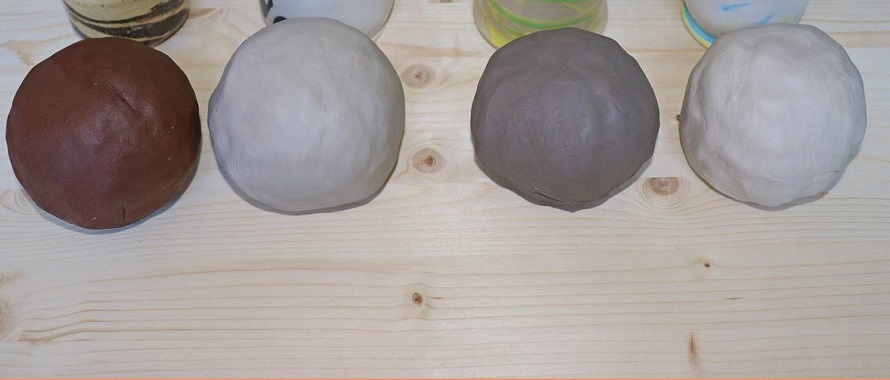
source: youtube.com
Choosing premium quality clay for modelling is paramount for achieving the best results. However, finding the right type can be challenging with so many options available.
Polymer Clay
Oil-based polymer or clay for modelling remains pliable and never dries out, making it ideal for creating clay models for mould making and maquettes. This clay is popular among skilled sculptors since it is flexible and can hold precise shapes.
However, because oil-based clay is not set, permanent sculptures must be created through an additional procedure of mould manufacturing and casting. Beginner sculptors may be intimidated by the complexity and cost of the moulding and casting process. Heat, not moisture, determines the pliability of oil-based clay. Each brand has different hardness or melting points, allowing you to select the clay that best meets your unique sculpting requirements.
Pottery Clay
Water-based modelling clay, often known as earthenware or pottery clay, is a flexible material for making simple sculptures as well as fine details and complicated shapes. Moisture controls its working capabilities, allowing you to construct forms rapidly when the clay is fluid and flexible, and refine details as it solidifies. It must be kept at the appropriate moisture level to be workable and avoid breaking during the sculpting process.
Water-based clay requires heating in a ceramic kiln to create long-lasting resilience. It can also be moulded and cast into a different material, for example, bronze or plaster. Professional sculptors frequently favour water-based clay due to its malleability and ability to retain fine details.
It offers the nicest “feeling” when you work with it because of its natural touch-responsive properties. It also provides a wide range of surface finishes, as fired ceramic can be left natural, as in terracotta, glazed in a variety of colours, or cold finished with acrylic paint and pigments.
Air-Dry Clay
Air-dry clay is popular among novices and hobbyists alike looking for ease. It does not require burning or baking, and dries naturally when exposed to air. However, it is prone to cracking, shrinking, and warping, which limits its use for sophisticated works of art. It is best suited for small tasks with simple forms, such as portraits and the human body. This is why experienced figure sculptors frequently use various forms of clay that offer greater control and consistency.
Variations of air-dried clay include polymer clays, which are baked to harden. These clays have unique properties and are popular among amateurs and artists who prefer the convenience of baking to obtain a permanent sculpture, rather than kiln-firing or mould manufacturing. Polymer clays, however, can be pricey and are typically utilised for little sculptures.
Factors to Consider When Buying
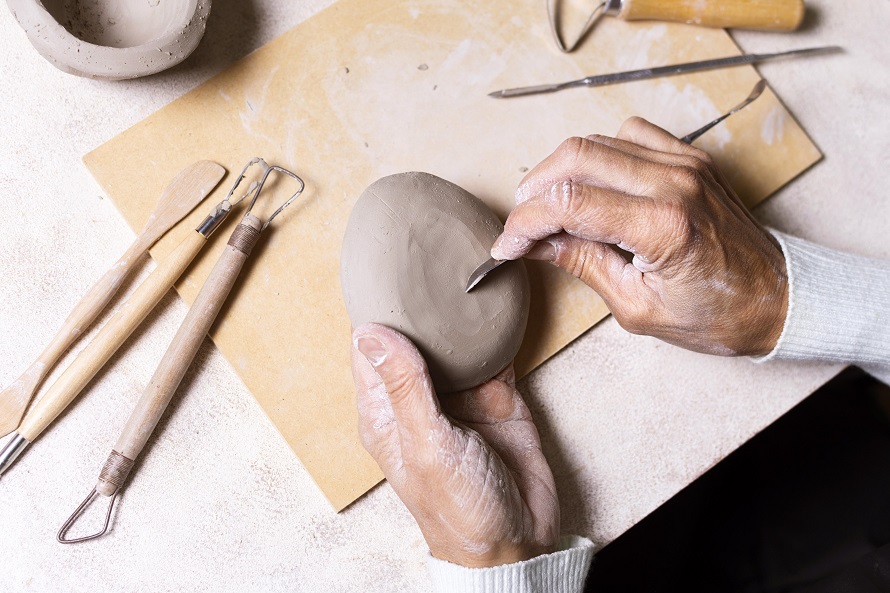
source: freepik.com
One of the most important factors to consider when purchasing clay is its intended use. Think whether you will make functional items like plates and bowls, or are you more interested in sculptural pieces. As previously mentioned, different clays have different strengths and textures, so it’s essential to pick the one that will work best for you. Also, consider your experience level and comfort working with clay.
Some clays are easier to work with, while others require more skill and experience to handle them effectively. The firing temperature is another factor to think about when buying. If you have a specific kiln or firing method in mind, make sure the clay you pick can withstand those temperatures. Now that you know everything about clay, the next question is where to shop for it. Check if there are pottery stores or ceramic studios in your area.
These establishments offer a wide range of clay options and can advise you about the type you need. On the other hand, the internet is a vast resource for finding the right type of clay. Although, there are many reputable online sellers, when shopping for a good and reliable one, check their customer reviews section. Those who have positive feedback from their clients and good shipping options will give you a smooth shopping experience.
Begin with a little lump of clay, wrapped in plastic to keep it moist. To avoid sticking, keep your hands and instruments damp while throwing. Move carefully and steadily while shaping the spinning clay on the banding wheel. Roll slabs using guides to achieve a consistent thickness. Before you join, score and slide the seams.
Allow pieces to firm up somewhat before connecting further layers. Hollow forms help to reduce cracking. Oil-based clays, such as polymer, remain workable, allowing you to continue developing the sculpture. Water-based clays require time between sessions to dry and harden up.



